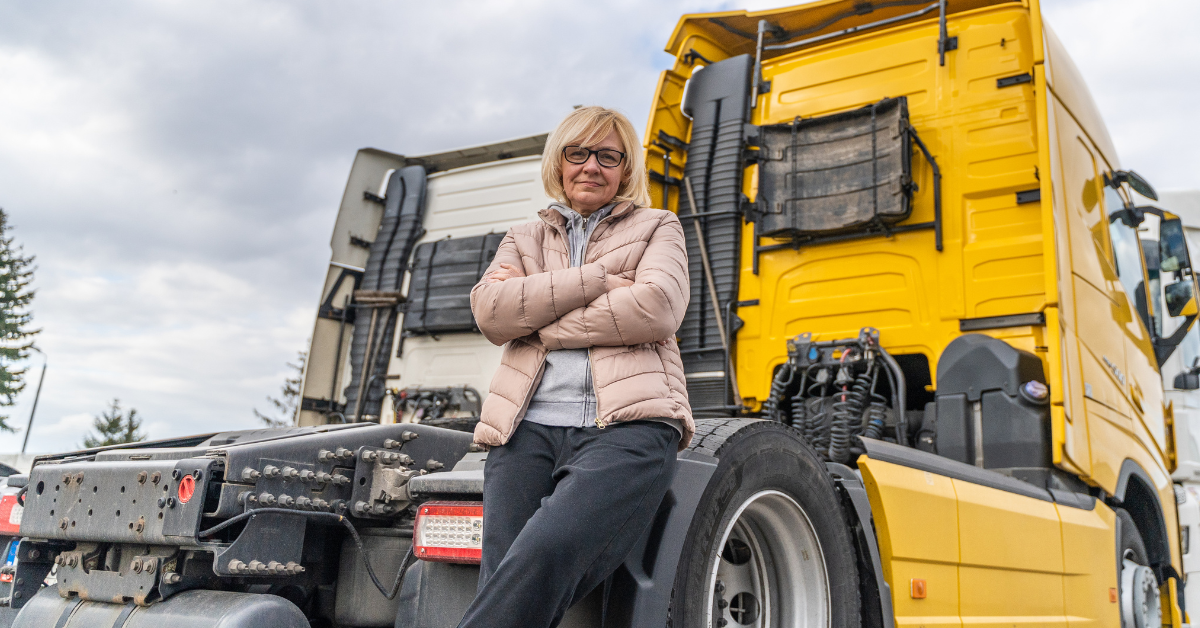
A recent Women in Trucking survey shows the freight hauling industry is moving toward increased diversity and inclusion, a position the organization says improves productivity.
The 2022 WIT Index poll asked business leaders whether their company had adopted a formal Diversity & Inclusion (D&I) policy. Upwards of 45.5 percent indicated they had a policy in place, with another 18 percent stating one was being crafted. Although this was the first time the WIT Index included a question about D&I policies, many see this as a trend that will continue to open doors for women in the trucking sector.
“It wasn’t that long ago that carriers didn’t even know what percentage of their drivers were female, but now we’re moving beyond that to attract and retain an even more diverse workforce to include age, ethnicity, and other categories in addition to gender,” WIT president and CEO Ellen Voie reportedly said. “The fact that so many companies in transportation have formal D&I policies in place speaks volumes to the importance organizations in this market vertical are placing on gender diversity and inclusion.”
Since 2008, the number of active female CDL professionals has increased from approximately 4.8 percent to more than 14 percent, according to industry data. While gains have been significant in recent years — largely due to a persistent truck driver shortage driving workforce need — the first woman to earn a truck license was Lillie Elizabeth McGee Drennan, in 1929. Recent, and overdue, gains highlighted by WIT Index is reason for optimism the trucking industry is becoming more gender inclusive.
- 16 percent of respondents indicate that 90 percent or more of their executives are women.
- 3 percent indicate that 60-80 of their executives are women.
- 15 percent indicate that 50-60 percent of executives are women.
- 10 percent have 30-50 percent female executives.
- 36 percent have 10-30 percent female executives
- 20 percent report no female executives.
All told, female executives in the trucking sector have increased to 33.8 percent. Although trucking has not reached parity in leadership positions, the data points to a steady balancing. In terms of Human Resources positions in the freight hauling sector, women hold the majority of jobs. Women have also made significant inroads in areas such as technical support and safety positions.
According to the 2022 WIT Index, “approximately 20 percent report having 90 percent or more of women in safety roles, with another 28 percent saying they have 50 percent to 70 percent women in those roles. Approximately 27 percent report having 10 percent to 40 percent women in safety roles, while 23.5 percent report they have no women in safety roles. Overall, this year’s WIT Index shows an average of approximately 40.5 percent women in safety roles.”
Change and opportunity for women appear to be on the rise in the trucking trades. Given the year-over-year demand for more drivers, support positions, leadership roles, and gains in gender inclusion, women can anticipate steady, good-paying opportunities going forward.
Sources: womenintrucking.org, womenintrucking.org











Leave a Comment